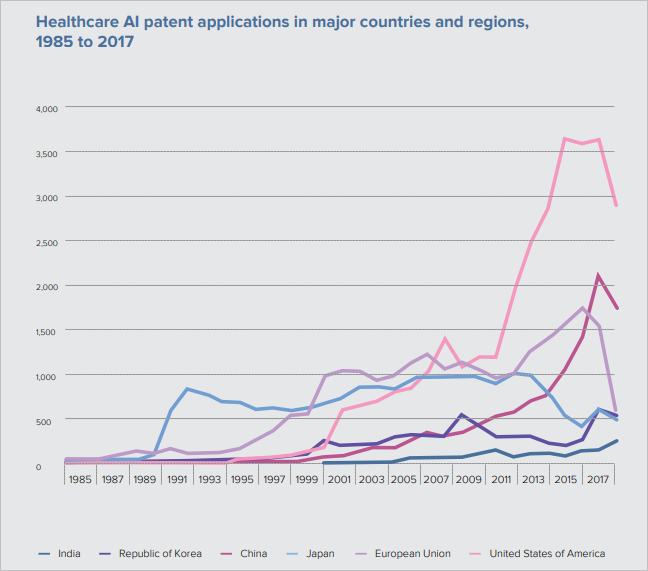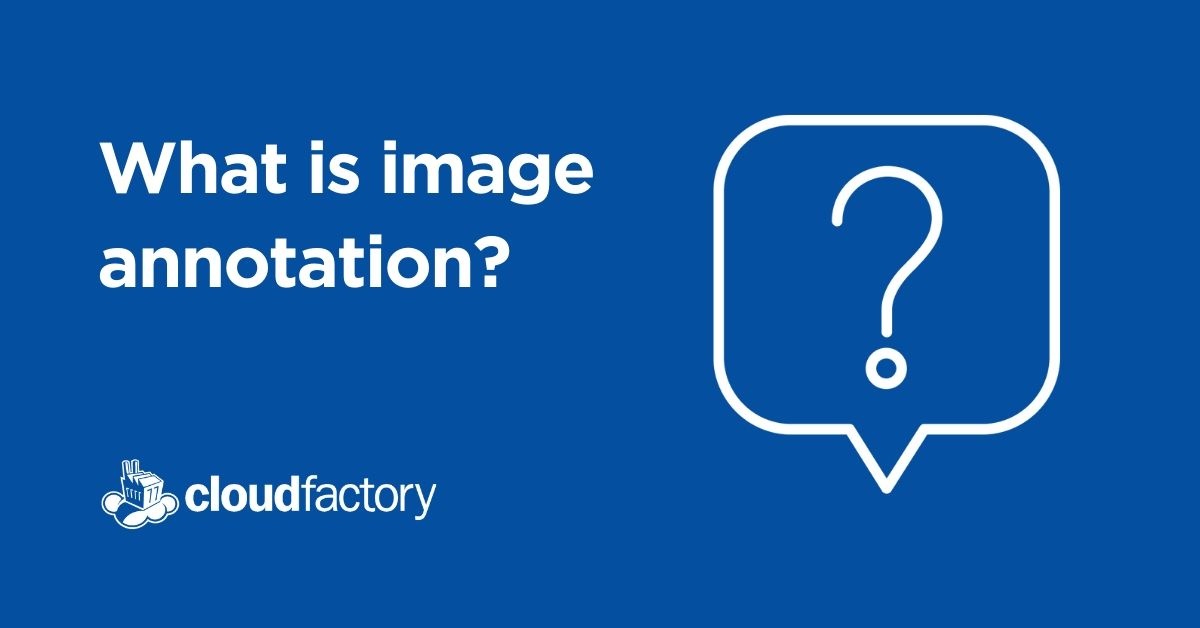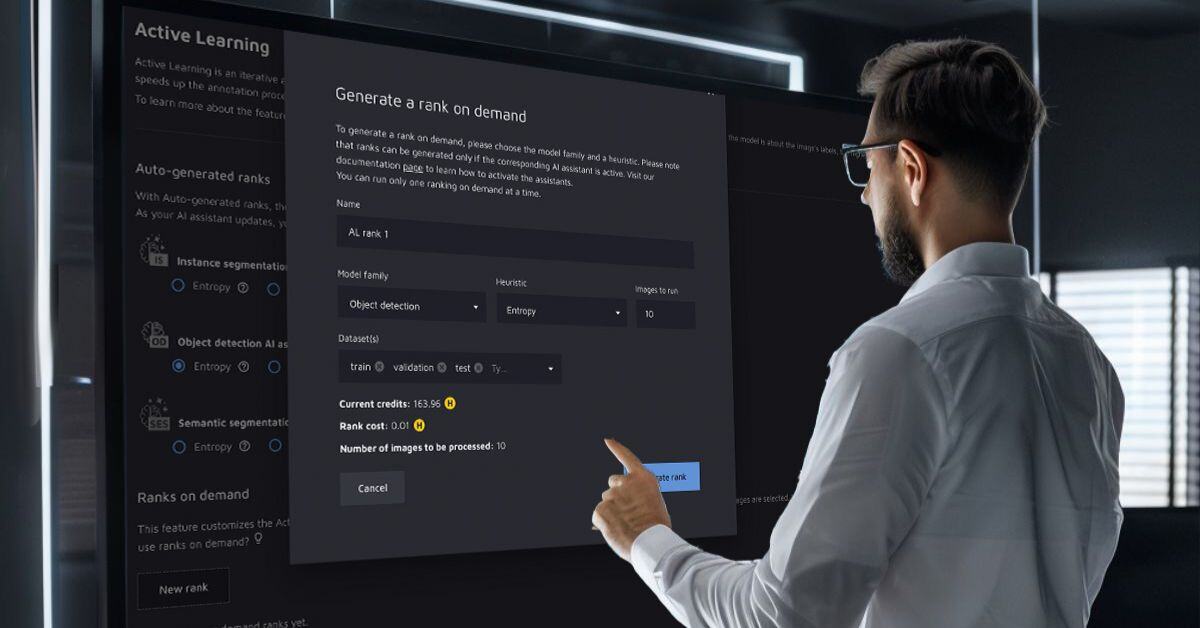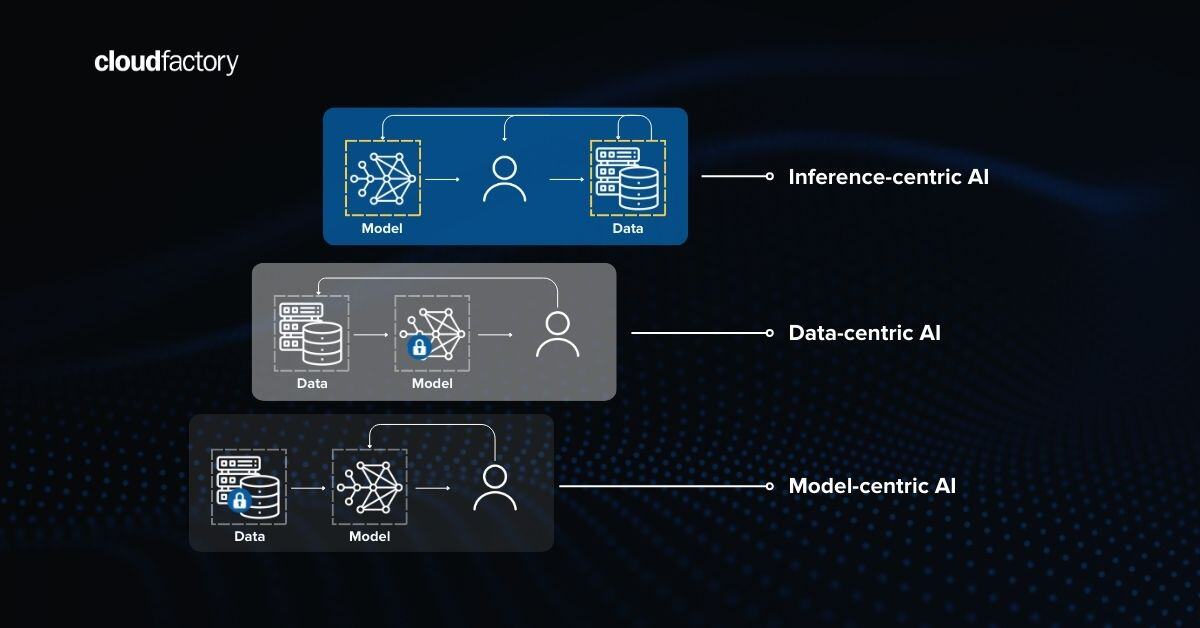Computer vision is among the fastest growing applications of artificial intelligence (AI), with investments in computer vision technology increasing each year. It also holds great promise for centuries-old industries that are ripe for innovation and rely heavily on visual data: healthcare, agriculture, and transportation.
Enter image annotation. Computer vision models are becoming increasingly sophisticated and require a massive amount of largely manual work to annotate, or label, visual data for machine learning. That data is used to train a machine to recognize target features - such as a benign polyp in a medical image - on its own, using data that is not annotated.
At CloudFactory, we’ve been providing professionally managed teams to annotate images for computer vision for nearly a decade. Here are just a few of the opportunities we see for image annotation to power game-changing AI systems that use computer vision.
1. Medical AI for better health
Healthcare AI patent applications are on the rise, signaling high rates of investment in technology. In healthcare, where data is plentiful, care is costly, and diagnosis can mean life or death, AI has great potential to analyze large amounts of patient data, which can assist medical professionals diagnose conditions earlier or be more informed about patient risks. It also can help them treat patients with more serious conditions sooner and facilitate collaboration with other healthcare professionals.
 Source: Global Innovation Index 2019, World Intellectual Property Organization (page 106)
Source: Global Innovation Index 2019, World Intellectual Property Organization (page 106)
For healthcare organizations, data presents both an opportunity and a challenge: it’s high volume, with plenty of data available to analyze. It’s multi-dimensional, with high variety across patients, treatments, facilities, and time. And, it is high velocity, with patients walking into healthcare facilities every day.
A large portion of that data comes from imaging technology, such as CT (Computed Tomography) or MRI (Magnetic Resonance Imaging) scanning systems. That visual data typically is analyzed by a person with medical expertise. Humans alone cannot analyze and convert that much data into useful information. This is where image annotation can be especially useful in creating computer vision systems that can identify patterns in the data that make it easier for healthcare professionals to make faster and more accurate decisions.
One medical AI company provides AI-based image databases to enhance medical professionals’ understanding of health issues and enhance preventive care. These images are used to train computer vision models that can analyze each patient’s medical images and help doctors provide faster, more accurate diagnoses.
2. Precision agriculture for more sustainable farming
Agriculture is one of the oldest industries in history, and has gone through several periods of technological transformation through the ages. Sometimes called AgTech or farm tech, precision agriculture is the practice of applying technology to increase profitability, efficiency, and sustainability for farms and farming practices.
Specifically, precision agriculture makes the practice of farming more accurate, controlled, and predictable for growing crops and raising livestock. It includes the use of GPS (Global Positioning Systems), sensors, robotics, drones, and autonomous vehicles. Much of the visual data these systems analyze is unstructured and can be annotated to train and deploy a computer vision system.
Machine learning models can learn from annotated images to automate stand counts, predict crop yields, and analyze plant health to determine optimal levels and precise areas where fertilizer, herbicides, and seeding should be applied. This is called variable rate application. Images also are being used to address the farming workforce shortage by predicting the best time to harvest, along with the computer-vision powered robotic harvesting technology to do the work.
Hummingbird Technologies provides crop analytics using drone and satellite imagery and computer vision. They help farmers increase their yields, use the optimal amount of inputs, and farm more sustainably.
3. Autonomous vehicles for transportation of goods
Bloomberg reports that even before the COVID-19 pandemic forced social distancing, “engineers were quietly recalibrating expectations and pushing promised timelines back.” The promise of autonomous vehicles (AV) is alluring but the software and technology development requirements to ensure they can be safely operated is taking longer than most had hoped. Image annotation is a critical step in preparing the massive amount of training data, with increasingly complex features, that is needed to train AV machine learning algorithms.
The pandemic has strengthened the demand for AV technology, such as robot drivers to deliver groceries or medicines. At the same time, the resulting lockdowns in cities around the world have closed the doors of many of the labs where people worked, developing that technology. The companies developing AV technology that can survive the economic effects of COVID-19 are likely to emerge as leaders in an industry that will be in high demand long after the effects of the pandemic die down.
Starship Technologies is among the AV companies to watch in the coming months. The autonomous delivery company, once delivering hot food to students living on college campuses is expanding its operations with its recent launch of a robot food delivery service in Tempe, Ariz.
CloudFactory: Your image annotation solution
The promise computer vision holds for the future is exciting, and only in time will we know who will emerge as the winners in developing world-changing AI solutions.
At CloudFactory, we’ve been annotating images for the better part of a decade. We provide professionally managed teams that process data with high accuracy to power some of the world’s most innovative products and services. Our teams annotate the images that are used to train and maintain machine learning for medical AI, precision agriculture, and autonomous vehicles.
- To learn more about this topic, read our guide: Image Annotation for Computer Vision.
- To explore how CloudFactory’s image annotation services can assist your organization, contact us today.
Computer Vision Image Annotation Healthcare AI & Machine Learning









